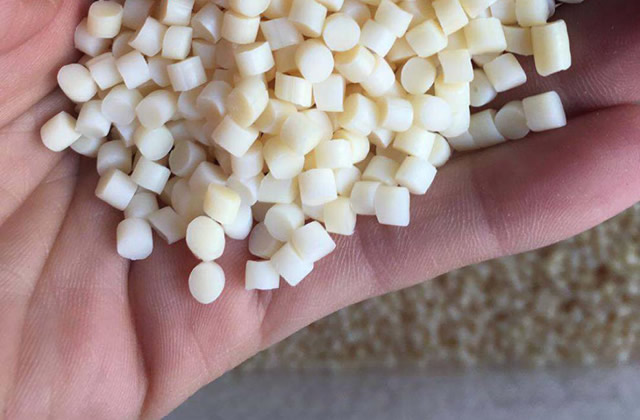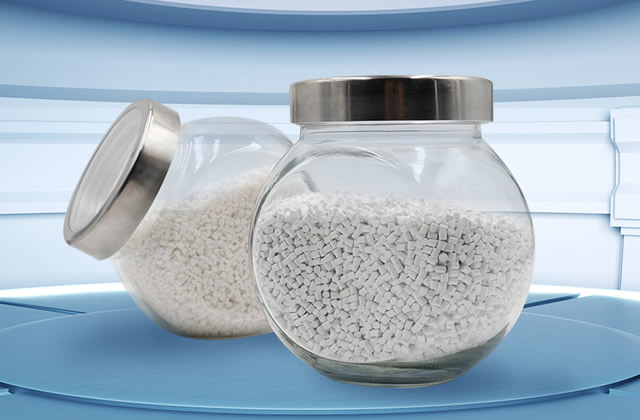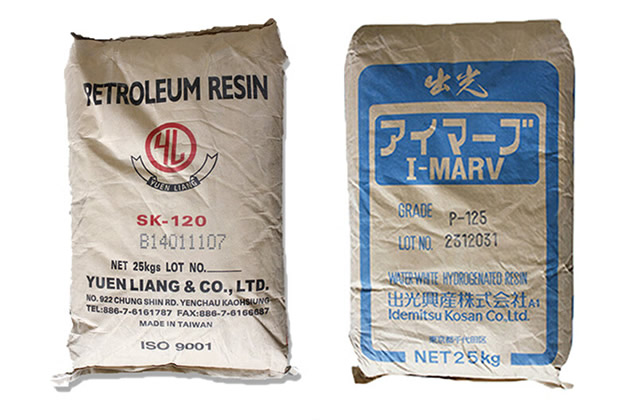1. The reason why electrolytic aluminum uses aluminum oxide instead of aluminum chloride
Reason: Aluminum chloride is a typical covalent compound, a molecular crystal, which will sublimate when heated. Molten conductivity is poor and cannot be used for electrolysis. Alumina shows strong ionicity and molten conductivity, so aluminum oxide is used instead of aluminum chloride for electrolytic aluminum.
Metal sodium and chlorine gas are generated by electrolysis of molten sodium chloride; electrolysis of an aqueous solution of sodium chloride generates sodium hydroxide and chlorine gas. Electrolysis of water produces hydrogen and oxygen.
It can oxidize molten fluoride to elemental fluorine on the anode, and reduce the molten lithium salt to metallic lithium on the cathode; smelting many non-ferrous metals and rare metals, refining metals, and refining basic chemical products. Preparation, as well as electroplating, electropolishing, anodizing, etc., are all achieved through electrolysis.

2. What are the requirements for alumina for electrolytic aluminum
Alumina for aluminum electrolytic production Mainly composed of α-Al203 and γ-Al203. The quality of alumina directly affects the purity of the resulting metallic aluminum and the technical and economic indicators of aluminum electrolysis production. Therefore, alumina, which is used as a raw material for aluminum electrolysis production, has certain requirements for its chemical purity and physical properties.
1. Chemical degree of alumina
In addition to mainly containing Al, alumina often contains a small amount of SiO2 , Fe2O3, Na2O and H2O and other impurities. Aluminum oxide used for electrolytic aluminum must have high chemical purity because it contains oxide impurities of O elements that are more electropositive than aluminum (such as Fe2O3 , SiO2, etc.). During the electrolysis process, these elements will first precipitate at the cathode and enter the metal aluminum, making the aluminum impure. Metal oxide impurities in alumina that are more electronegative than aluminum (such as Na2O, etc.) interact with the electrolyte and change the normal composition of the electrolyte, which is not conducive to electrolysis operations. The generated SiF4 is a toxic gas.
2. Physical properties of alumina
In addition to strict requirements on chemical composition, the alumina used in aluminum electrolysis production also requires that the alumina dissolves quickly in the cryolite melt, has less precipitation at the bottom of the electrolytic tank, and covers the electrolyte The crust has good thermal insulation, does not absorb moisture in the air, has less flying loss, has good fluidity, is easy to transport and facilitates automatic feeding of electrolytic cells. All these characteristics depend on the physical properties of alumina.
If the website content violates your rights, please contact us to delete it。








